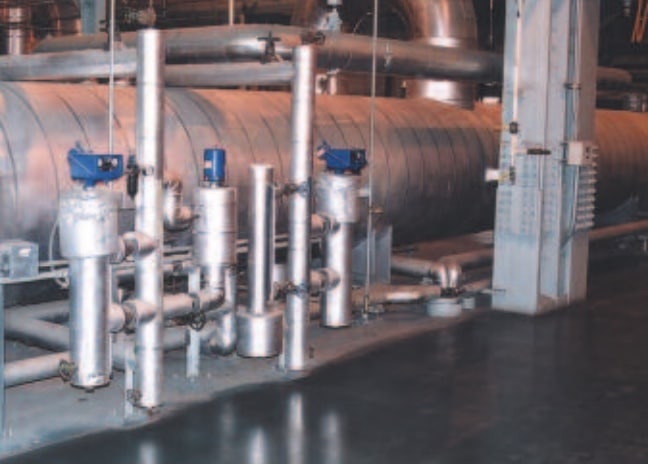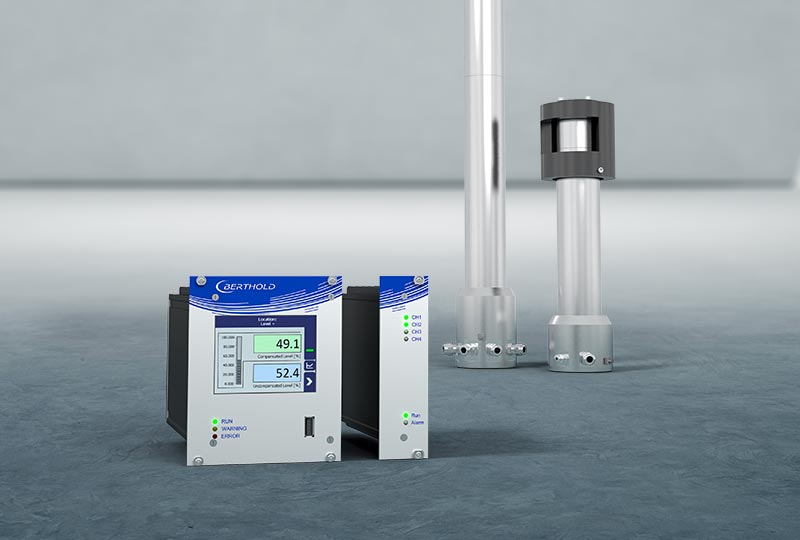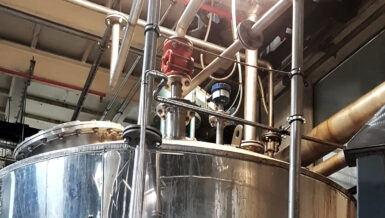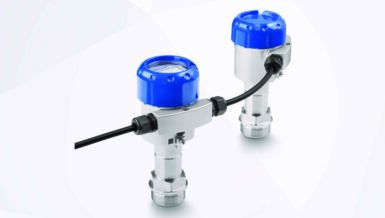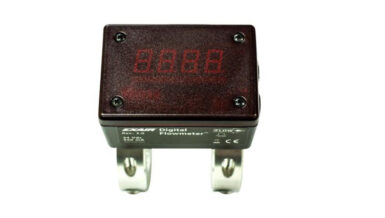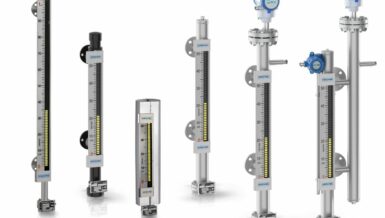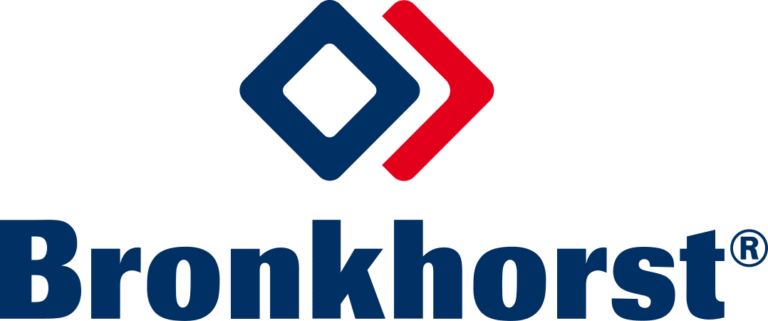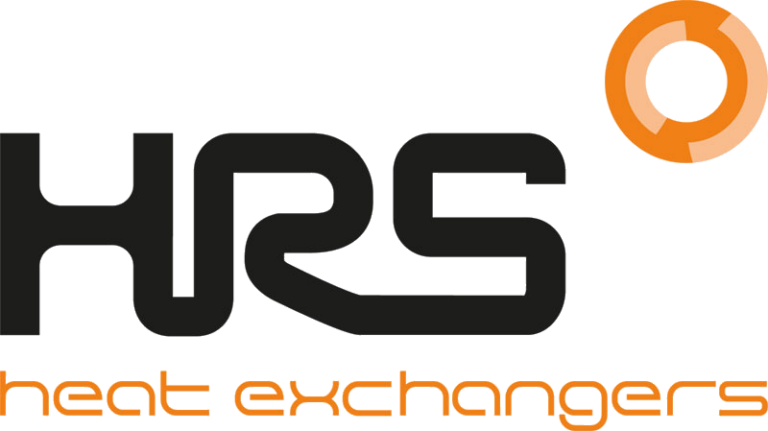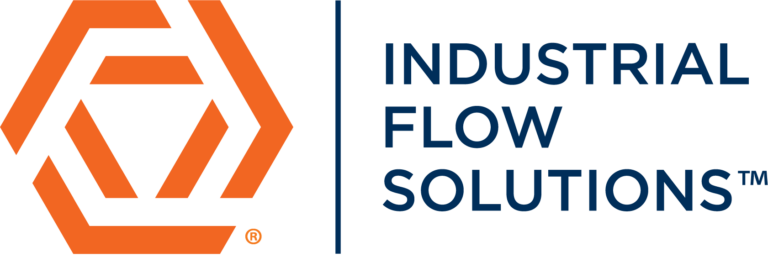Feedwater heaters use extraction steam from the turbine to raise the temperature of water destined for the boiler. Water first passes through low-pressure heaters and into the deaerator where excess oxygen is removed. The feedwater then passes into the high-pressure heaters where it is further heated and pressurized. The primary benefit of this process is that the feedwater heater decreases the fuel costs by using recovered energy – rather than costly hot gas – to heat the water.
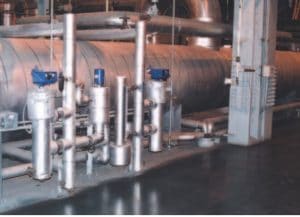
The key to efficient operation of a feedwater heater is to optimize the condensing zone in an effort to transfer as much of the available energy as possible to the boiler feedwater while maintaining sufficient cooling of the tubes to prevent premature damage of the hardware due to thermal overload – all of which are an inherent part of the feedwater heater design.
Level Measurement Challenges and Considerations
Feedwater heater level is controlled to (1) prevent level from rising into the extraction line; (2) keep the tube surfaces in the condensing zone immersed; and (3) keep the drain cooler flooded. The effectiveness of a shell and tube heat exchanger in transferring energy is contingent, barring hardware anomalies, on accurate level control.
According to ASME standards, two separate level control loops should manage each feedwater heater. Level instrumentation must also be able to withstand moderate to high temperatures and pressures and turbulent conditions. Many level instruments are unable to adjust to turbulence or change in pressure and thus provide inaccurate readings in feedwater heater applications.
Level Measurement Solutions
Magnetrol® produces several instrumentation options to address the level measurement challenges of monitoring feedwater heaters:
- For point level:
Model B40 float-actuated or Series 3 external cage switches - For continuous level:
Eclipse® Model 706 guided wave radar transmitter with 7YS steam probe or E3 Modulevel® displacer transmitter - For visual indication:
Atlas™ or Aurora® magnetic level indicators can be supplied with switches or transmitters



